- Home
- About Us
- VOCs
- Molecular Tech
- Product & Service
- Contact
- GO BACK
- Contact
- Announcements
- Press

CDBIO's molecular diagnostic kit is equipped with advanced molecular diagnostics technology based on molecular physics and electrochemistry, thus is possible to diagnose various diseases, including lung cancer with just one exhalation.
CDBIO's molecular diagnostic kit detects more than 1,000 various volatile organic compounds (VOCs) contained in human respiration with a molecular sensor using lithium endohedral fullerene and is an ultra-precise molecular diagnostic instrument that delivers ppt level accuracy.
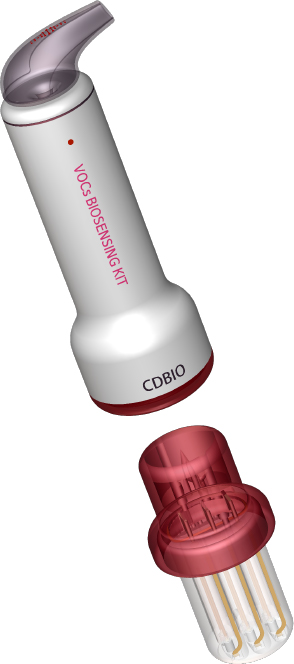


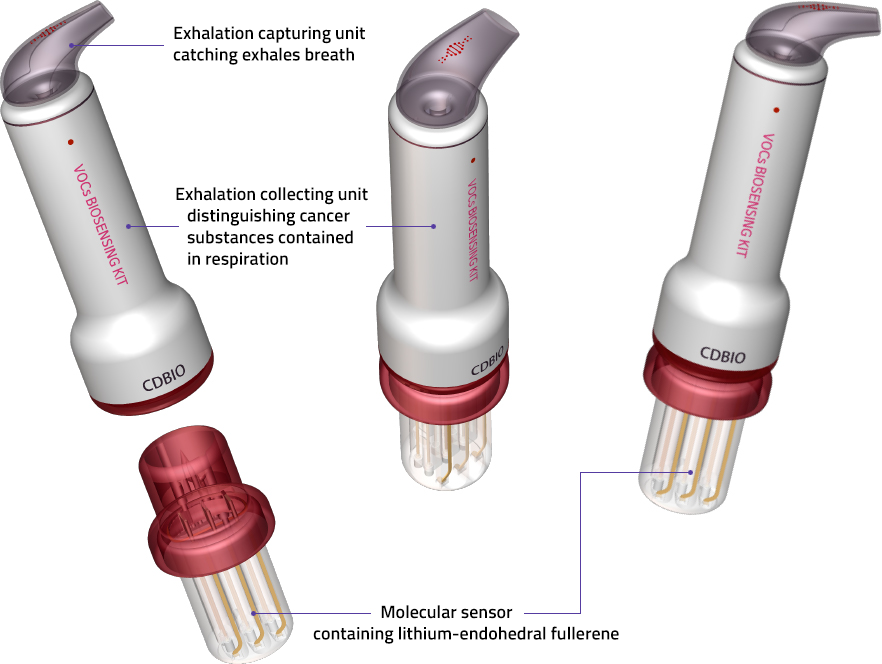
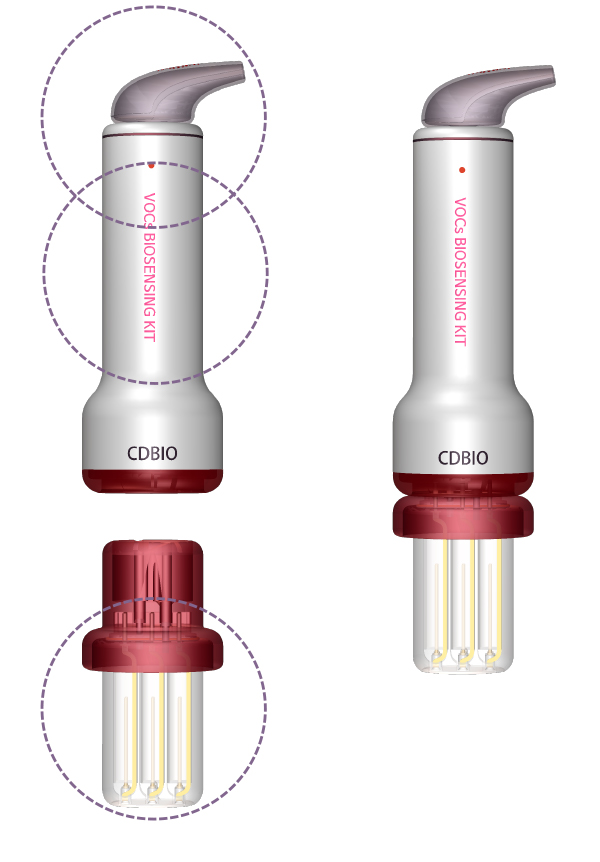
Consists of an exhalation capturing unit, an exhalation collecting unit, and a sensor unit
Exhalation capturing unit: Stores about 100cc of exhalation, one-way valve
Exhalation collecting unit: Distinguishes volatile organic compounds (VOCs) from respiration captured by the exhalation capturing unit.
Sensor unit

 < VOCs Bioscopic Analyzer(Personal) >
< VOCs Bioscopic Analyzer(Personal) > 

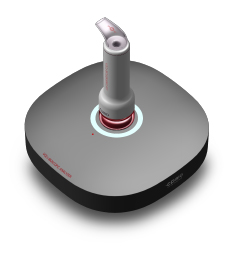 < Molecular Diagnostic App >
< Molecular Diagnostic App >
Insert the VOC Biosensing Kit into the Bioscopic Analyzer
Monitoring the presence of disease, progression status, development of therapeutic agents, and administration effects through our analysis algorithm applied with ‘principal component analysis’ and ‘multivariate analysis’ based on the current value measured by the molecular sensor loaded with lithium endohedral fullerene (Li⁺@C60) and supramolecular dye.
Send analysis results and data to VOC Bioscopic app
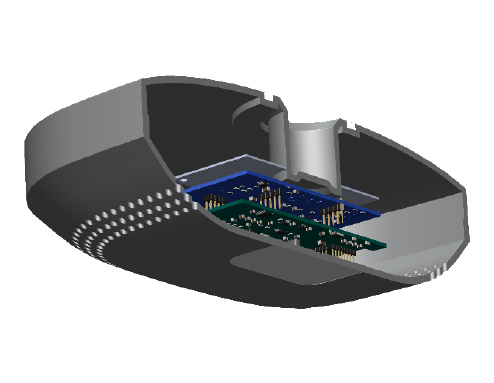
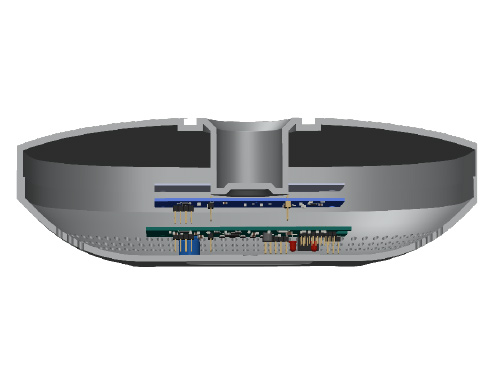


Use of the app to check the results for analyzing the fine current value of VOCs measured with the molecular sensor using the self-analysis algorithm where the main ingredient analysis and multivariate analysis are applied.
Implementation of the DB from various information using various sensors of smartphones and self-questionnaire for correlation analysis of the user’s (patient and ordinary people) status and diagnosis results.
Comprehensive summary of personal medical information(EMR/ PGHR) such as user’s molecular diagnosis data obtained from molecular sensors and each individual’s daily life pattern, food eating pattern, hospital treatment records, and various drug dosage records and so on to implement the comprehensive medical big data.
Implementation of integrated platform merging secondary environmental factors, hospital/pharmaceutical information, and treatment technology development status after successful classification of individual patients’ unique physical traits and health conditions into molecular based information systems.






